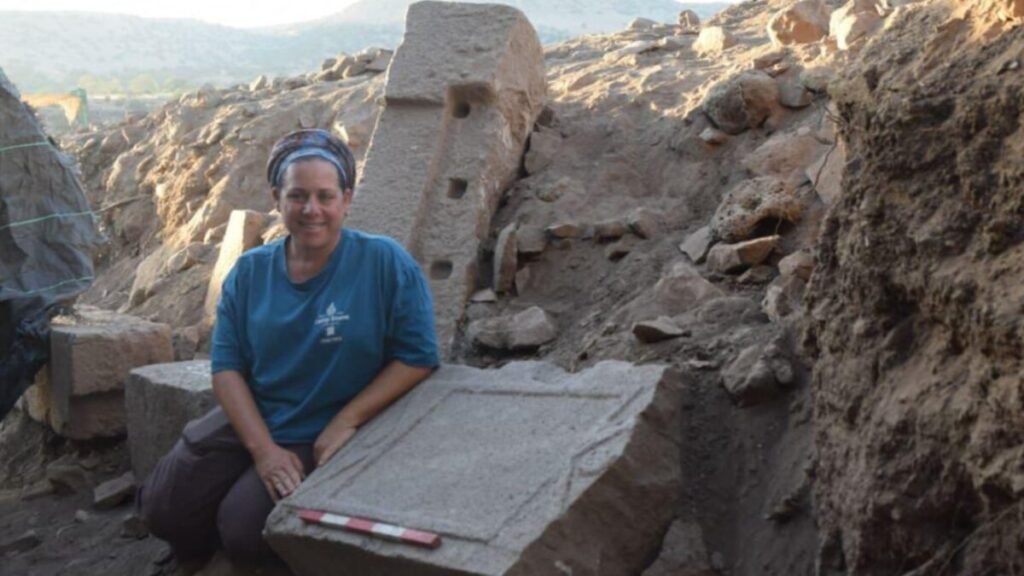The surprising discovery beneath a ghost town in the Golan Heights unveils a 1,500-year-old synagogue and ancient lost secrets

For decades, the ruins of a small ghost town hid an ancient secret. Now, a group of Israeli archaeologists has uncovered a synagogue dating back around 1,500 years, surprisingly well-preserved, beneath those stones. The discovery not only rewrites part of the history of the Golan Heights, but also raises new questions about the life and spirituality of the ancient Jewish communities that inhabited the area.
### A Hidden Temple Beneath the Ruins of Yehudiya
The story begins in Yehudiya, an abandoned Syrian village since 1967 located in the current Golan Heights Nature Reserve, known for its canyons and waterfalls. Under its surface, a joint team from the University of Haifa and the Kinneret Academic College has located…
The finding, reported by *The Times of Israel*, includes over 150 archaeological objects, including a stone block engraved with a menorah, an ancient symbol of Judaism. For years, scattered fragments – capitals, columns, and benches – reused in the village’s houses had been identified, but their exact origin remained a mystery.
After years of study and mapping, in December 2024, the team opened a 3 by 3 meters excavation. There, the base of a column appeared, and shortly after, in a second campaign in July, the southern wall of the building with three entrances and remains of stone benches. It was confirmed: they were facing an ancient synagogue.

### Architecture, Art, and Symbols of a Living Past
The building, with a basilica plan, measured about 13 meters wide by 17 meters long, with two rows of columns separating the interior aisles and benches attached to the walls, a typical design of synagogues from the 4th to 7th centuries AD.
Among the discoveries stands out a tabula ansata, a slab with decorative handles common in Roman and Greek art. Unlike other known examples, it lacks a visible inscription, though.
Many of the benches and architectural fragments were found out of their original position, evidence that the building was reused during different historical stages. According to preliminary estimates, the synagogue could have been built at the end of the 3rd century or the beginning of the 4th, and remained active until the 8th century.
### An Enclave between Cultures
The discovery of Yehudiya not only provides architectural data but also offers a glimpse into the cultural and religious coexistence of a border area marked by Jewish, Christian, and Byzantine influences.
Researchers believe that the community that used this synagogue was part of a network of s present in the Golan Heights since the Hasmonean era (2nd century BC).
The relatively low population density and subsequent abandonment of the area contributed to the preservation of the remains. In many cases, the temple materials were integrated into more recent homes, allowing their inadvertent preservation.
Osband himself emphasizes that each synagogue found in the Golan Heights tells a different story. “Some were destroyed by earthquakes; others were adapted as churches or warehouses. Each one holds a fragment of the spiritual and daily life of those who built them.”
The team plans to resume excavations in 2025 to expand the investigated area and locate the still buried northern wall. They also hope to obtain more information about the community that used the synagogue, their social organization, and the reasons for its abandonment.
Moreover, with the help of advanced scanning and surface analysis technologies, archaeologists are looking to decipher possible invisible inscriptions or remnants of pigments indicating mural decorations.
Beyond its scientific value, the discovery of Yehudiya brings to the forefront a central question for the: how to reconstruct the material memory of vanished communities and understand the continuity of their identity in a region marked by displacements and wars.






